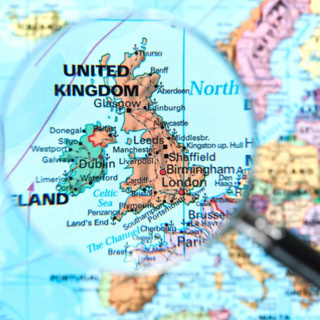Om episode
This week we’re into Dizzy times again. Disraeli, or Dizzy as he came to be known, had played a leading role in bringing down the Palmerston government in 1858. That allowed the Earl of Derby, leader of the Conservatives, to form his second administration. With Derby in the Lords, responsibility for managing the government’s affairs in the Commons fell to Dizzy, as Leader of the House of Commons, and he also became Chancellor of the Exchequer again. The Derby government brought in the legislation that ended the East India Company’s rule in India, replacing it by direct rule from London and launching the British Raj. Next, Disraeli picked up the cause of electoral reform, surprisingly for a Conservative. He realised, as few in his party had, that extending the vote might actually benefit the Conservatives, and that there was no inevitability to artisans voting Liberal. But the reform proposals failed as the Liberals, finally getting their act together, rallied enough force to defeat the government, and then did it again following a general election in which the Conservatives did well but not well enough to win an outright majority. The second Derby government had lasted sixteen months, barely more than the ten months of the first. And Dizzy had to move back into Opposition. Illustration: Benjamin Disraeli, photo from the early 1860s, printed by Henry Lenthall, after William Edward Kilburn. National Portrait Gallery Ax46252. Music: Bach Partita #2c by J Bu licensed under an Attribution-NonCommercial-No Derivatives (aka Music Sharing) 3.0 International License.

